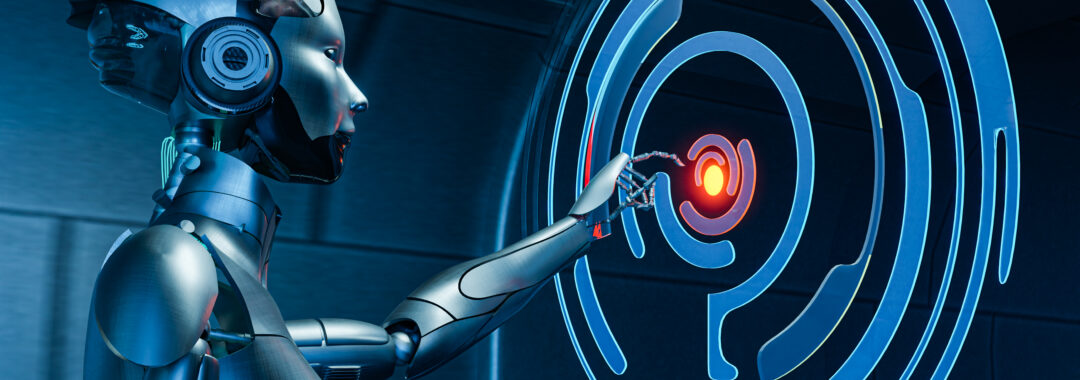How AI and Automation Are Changing the Marketing Landscape
Introduction
Marketing has changed dramatically in the last decade, and artificial intelligence (AI) and automation are at the heart of this transformation. Gone are the days when marketing relied solely on human effort—today, AI-driven tools can analyze data, personalize content, automate tasks, and improve decision-making faster than ever before.
Businesses that embrace AI and automation are seeing higher efficiency, better customer engagement, and increased ROI. But how exactly are these technologies reshaping the marketing landscape?
In this comprehensive guide, we’ll explore:
The role of AI in modern marketing
How automation streamlines marketing processes
The benefits and challenges of AI-powered marketing
Real-world examples of AI-driven campaigns
Future trends in AI marketing
If you’re looking to stay ahead of the competition, this is a must-read. Let’s dive in!
1. The Role of AI in Modern Marketing
Artificial intelligence in marketing refers to the use of machine learning, big data, and automation to enhance marketing efforts. AI helps businesses understand consumer behavior, optimize campaigns, and predict trends more accurately than humans ever could.
A. How AI Works in Marketing
AI-driven marketing tools analyze large amounts of customer data to identify patterns and predict outcomes. These tools use:
-
Machine Learning (ML): Learns from user interactions to improve recommendations
-
Natural Language Processing (NLP): Helps chatbots and voice assistants understand human language
-
Predictive Analytics: Forecasts future customer behavior based on past trends
-
Computer Vision: Recognizes images and videos for targeted marketing campaigns
With these capabilities, AI empowers businesses to deliver highly targeted, personalized, and data-driven marketing campaigns.
2. How Automation is Transforming Marketing
Automation has revolutionized marketing workflows, allowing businesses to perform repetitive tasks quickly, accurately, and efficiently. Marketing teams no longer need to manually send emails, post on social media, or analyze customer data—automation does it for them.
A. Key Areas Where Automation is Used
Email Marketing Automation
-
AI-driven platforms like HubSpot and Mailchimp personalize email campaigns based on user behavior.
-
Automated email sequences nurture leads, improving conversion rates.
Social Media Automation
-
Tools like Hootsuite and Buffer schedule posts across multiple platforms.
-
AI analyzes engagement metrics and suggests the best posting times.
Chatbots and Conversational AI
-
AI chatbots handle customer inquiries 24/7, reducing the need for human agents.
-
They offer instant support, improving customer satisfaction.
Ad Campaign Optimization
-
Google Ads and Facebook Ads use AI-powered bidding strategies to optimize ad spend.
-
AI predicts which ads will perform best and automatically adjusts budgets.
Content Creation & Curation
-
AI tools like Jasper and Copy.ai generate blog posts, social media captions, and ad copy.
-
AI-driven content curation tools recommend relevant articles and videos for audiences.
